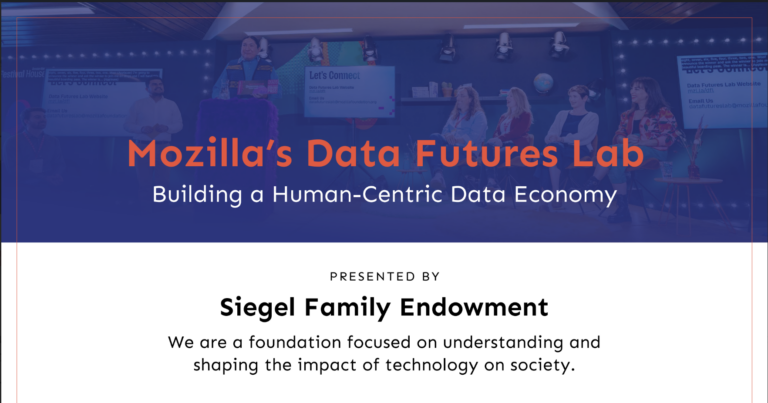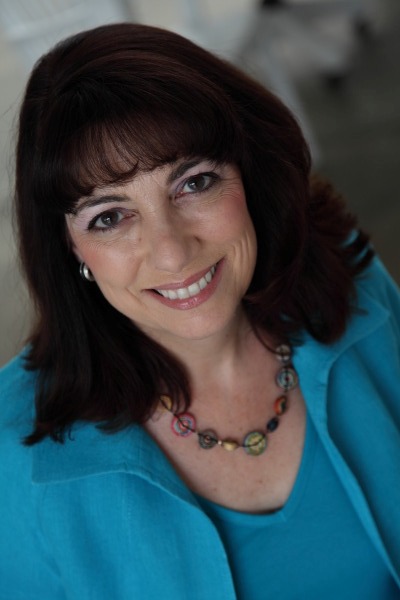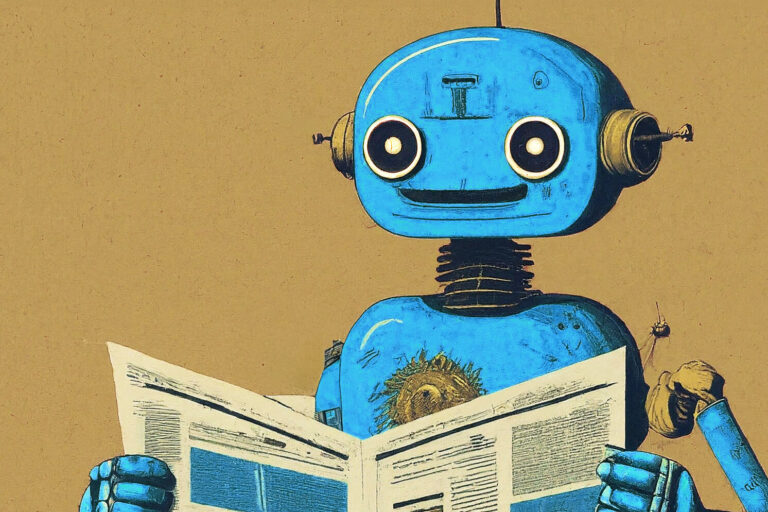by Laura Maher
Over the last few months, we’ve worked alongside and collected findings from a number of grantees as they refined their strategies and redesigned their programming in response to the upheavals of the COVID-19 pandemic and other aspects of our constantly changing world. It’s been an opportunity to think more expansively about long term goals, and to develop programs that will help members of our grantee community become more resilient and adaptable in the long term.
Genspace, a community biotech lab in Brooklyn, NY, has presented an especially interesting and widely applicable set of lessons on the topic. The team focused on a series of internal-facing inquiries, designed to interrogate the organization’s reasons for working in a certain way, and to help them consider new methods for achieving their goals. Genspace’s leadership explored the questions below in order to help create a plan for operating more sustainably and resiliently in a future defined by uncertainty and unpredictable working conditions.
These are the questions that Genspace used to reexamine, reprioritize, and streamline their day-to-day work:
- How else can we achieve our mission? An organization’s mission is an expression of its core long-term purpose, while its activities are the day-to-day actions it takes to fulfill that overarching objective. For instance, Genspace’s mission is to “foster a safe and inclusive community where all people – including those from non-traditional and underrepresented backgrounds – can experientially learn, boldly create, and meaningfully grow with the life sciences.” The activities that they use to advance this mission might best be described as “running science education programs and operating a DIY biotech lab.” Acknowledging the space between the broadness of this mission and the specificity of their day-to-day work helped the organization’s leadership realize just how many other options they had for achieving their goals, like a virtual high school internship focused on storytelling about the social impacts of scientific advances, and online classes in which participants experiment with science in their homes. “Considering alternative activities ultimately helped us expand the range of services we offer to the community, while helping us direct our internal resources more effectively,” said Beth Tuck, Genspace’s Executive Director.
- What are our most urgent priorities? It can be hard to let go of the things that may feel central to an organization and its mission. But taking a strategic pause for deep organizational self-reflection can be an effective way for an organization to stop engaging in behaviors that may have become outdated, while still holding true to their identity. During their self-inquiry process, Genspace mapped out all of their priority activities, and found there were 16 of them, which was too many for a small staff to handle effectively. Leadership decided to pare the list down from 16 to just 5 priority activities where they felt they had a strong advantage, and that most efficiently served their strategic objectives. While it ultimately meant letting go of some programs and services, it ultimately helped streamline their work, and focused the team’s attention on the programs that were of the highest strategic priority and had the greatest potential for impact.
- How can limitations actually be an opportunity to expand our reach? Moving programming online gave Genspace the ability to grow their reach beyond Brooklyn, and they’ve had participants attend virtual workshops, classes, and talks from cities all over the world, including São Paulo, Seoul, and Paris. While their programming strategy had up to this point been explicitly based around serving New York City residents and the neighborhood where they work, there’s transformative potential in taking their message of creating local access to biotech education to a significantly wider audience, and positions them to amplify their message far beyond their previous boundaries much more efficiently.
- When should we stop making plans? The priority realignment process doesn’t have to present a solution for everything – and it can actually be better to leave some questions unanswered. Not rushing to make interventions based on current realities leaves the door open to better, more responsive plans in the future. Among the unknown factors still facing Genspace are the terms on which New York continues to reopen or close down services again, at both the city and state levels. Unpredictable factors include school reopening schedules and terms, school budget allocations for digital and extracurricular programming, and public transportation and access to physical spaces. Because all of these plans are subject to ongoing change, and because so much of Genspace’s work relies on these unknowns, they’ve decided to wait and see how things develop before making any decisions that rely on assumptions tied to these contingencies. In the meantime, they’ll continue to offer their services online and adapt to the changing needs of their community as the future unfolds.
Self-inquiry and change doesn’t have to mean abandoning mission. Rather, recentering around the core purpose of the work helps an organization reorient its decision-making and activities in a way that makes achieving the mission easier. Inquiry-driven planning is a valuable tool that helps build organizational resilience – and that process can start with asking questions like these. We encourage all of our grantees and partners to think expansively about their day-to-day work, and what other, previously unexplored opportunities they might deploy to achieve their objectives.





